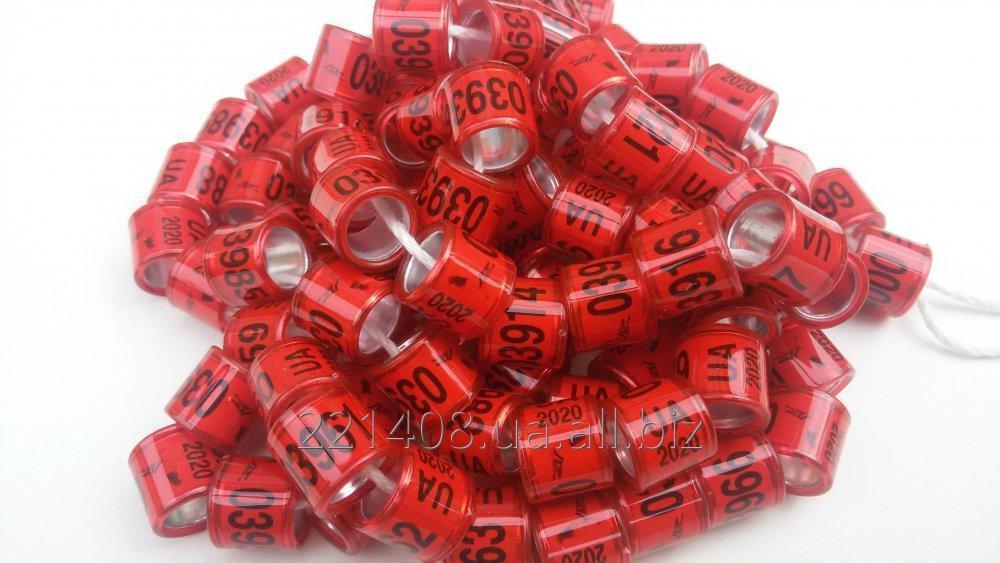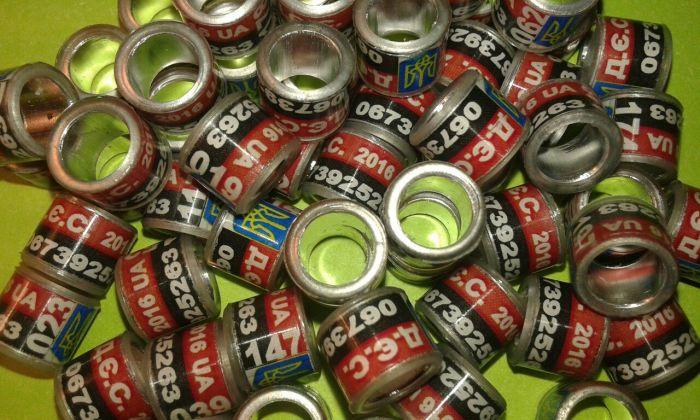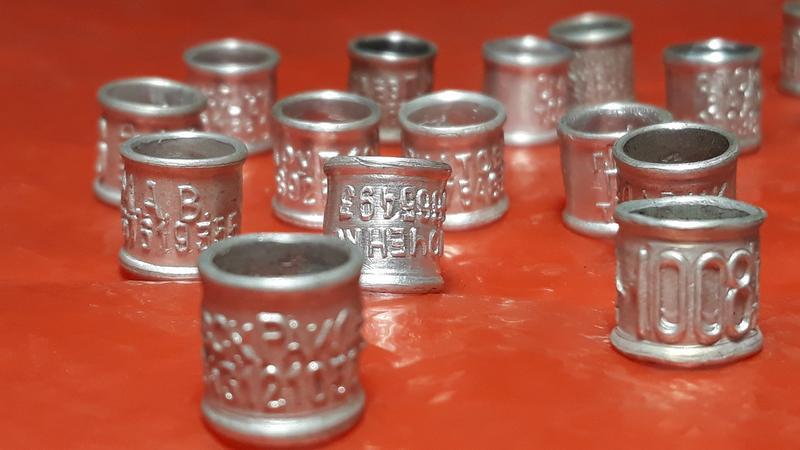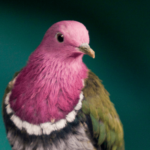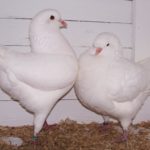Every pigeon fancier sooner or later asks the question: is it necessary to ring pigeons? The answer to this depends on many factors - the number of birds, purpose of breeding, species, age. Ringing helps to avoid confusion and find the winged fugitive if lost. But not all lovers of these birds know how to choose the right rings for different types of pigeons and how to carry out the procedure itself.
Why mark pigeons?
The marking procedure is not mandatory, but it provides undeniable advantages in some situations.Marking elements on birds can be individual or provided by the association of pigeon breeders. There is such an organization in every major city. Banded birds are easy to identify because the foot contains information about the date of birth, place and breed. The rings issued by the union also have a unique personal code and country of origin.
Only pigeons with identification marks of the second type are allowed at exhibitions. For breeding and resale, those supplied by the owner himself will be sufficient. In European countries, breeders mark birds on both legs at once.
What other goals are achieved by banding pigeons:
- Difference between females and males.
- Marking individuals with special features.
- Poultry belonging to a specific farm.
- Owner contacts.
Recently, data has also been added to the rings about what infectious diseases the pigeon suffered, its sporting achievements, and merits in the postal service.
Which rings to choose?
Pigeon “devices” are removable and non-removable. Competition birds are allowed only with the second type.
This eliminates cases when someone else’s bird enters the exhibition or the numbers of different participants are the same.
Removable rings - cambrics - are also suitable for ordinary households. They are removed or replaced as needed. The disadvantage of such a ring is that pigeons often lose them in flight. Rings are made from three materials: metal-plastic, plastic and aluminum. Show pigeons wear rings of the first type. The material must be moisture- and frost-resistant, as well as durable so that the flyer himself does not remove it.
Markers vary in color.Each represents the year the bird was born:
- White - 2009.
- Black - 2010.
- Yellow – 2011.
- Blue – 2012.
- Green - 2013.
- Gray – 2014.
The rings are repeated every 6 years. In addition, males are marked with purple, females with pink, orange for individuals under one year old, and brown for recovered birds. Pigeons with high exhibition performance or sporting achievements are marked with personalized rings.
Markers vary in size. It is necessary to choose it correctly so that the object does not interfere with the bird in flight and does not cause discomfort when worn.
| № | Diameter | Who is it intended for? |
| 1 | 7 mm | Small species less than 30 cm long |
| 2 | 7.8 mm | Sports subspecies |
| 3 | 8 mm | Small birds with feathered feet |
| 4 | 8-9 mm | Large breeds with a body length greater than 40 cm without feathering on the legs |
| 5 | 10-12 mm | For large species with feathered limbs |
Rules for performing banding
Pigeons are banded within 7-10 days. Removable markers are easy to put on: open the lock, place the pigeon's drumstick in the ring and close it with a click. Be sure to check if it is subsiding. The size is chosen taking into account the adult bird.
A solid metal ring is put on differently. The front phalanges are folded together in the right hand, the fourth phalanx of the paw is pulled back. Fix the position. The front fingers are threaded through the marker, lifted up the shin, the fourth finger is pulled through it, and released. The marker should fit snugly, but not squeeze the foot. It is better to put on metal rings 1-2 days after hatching, since then the joints will lose elasticity.

